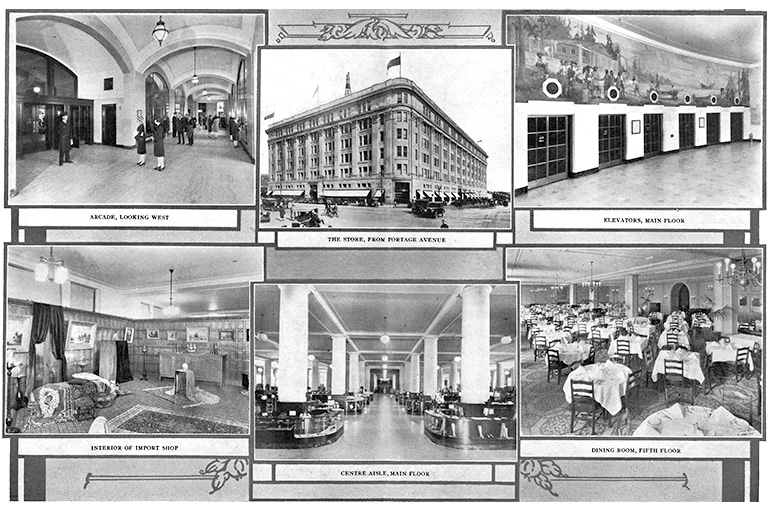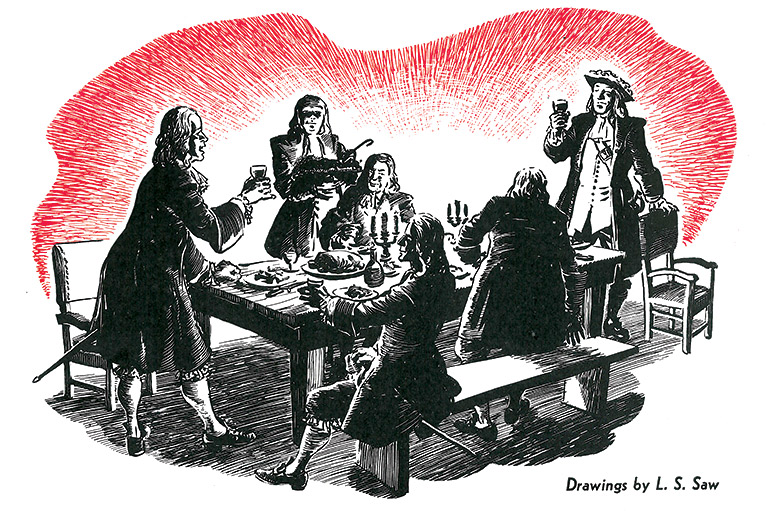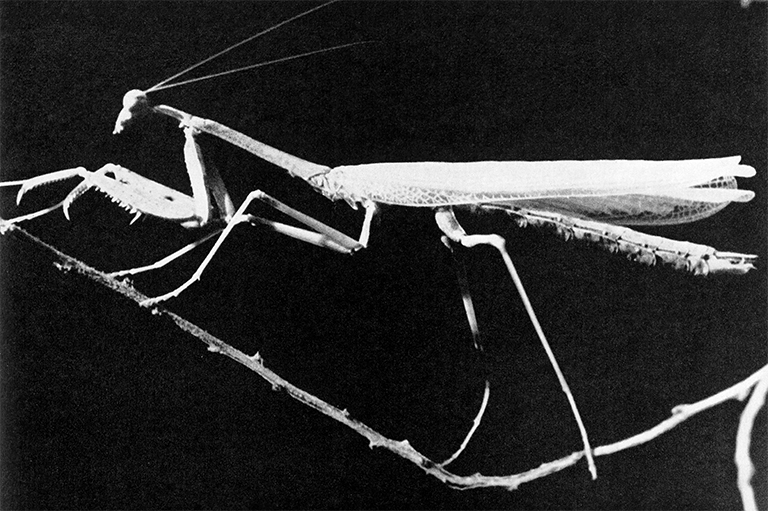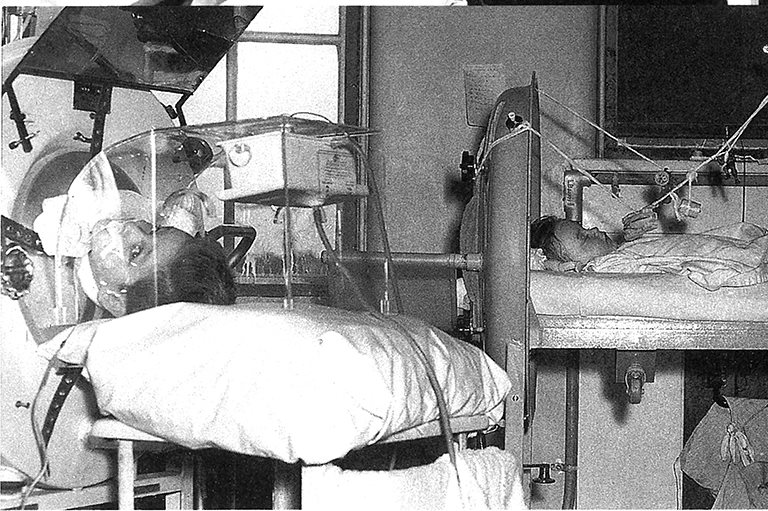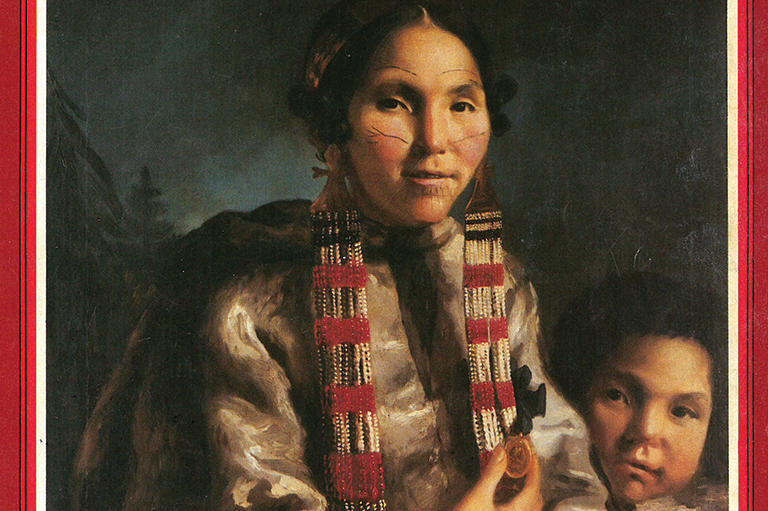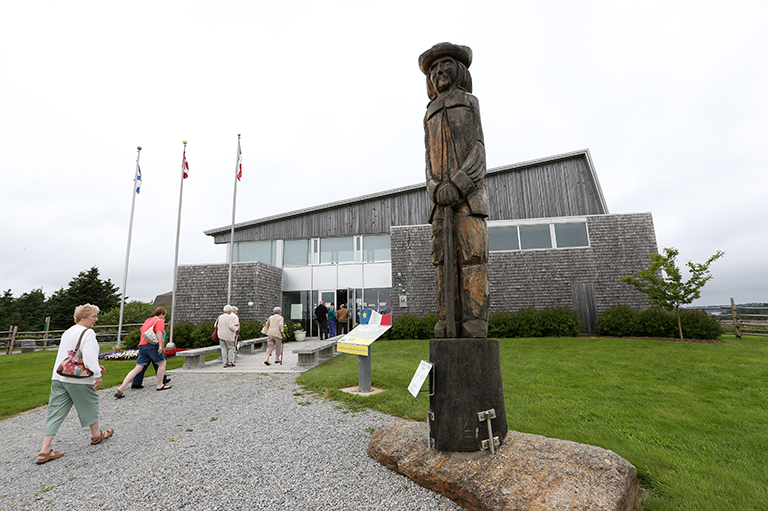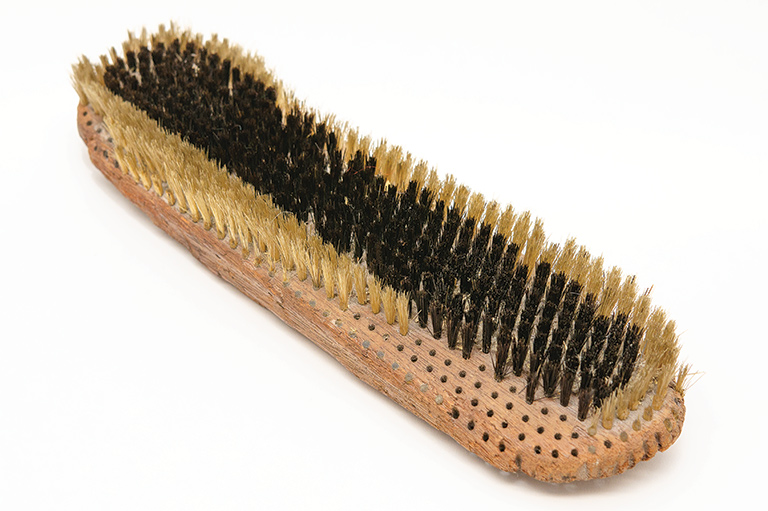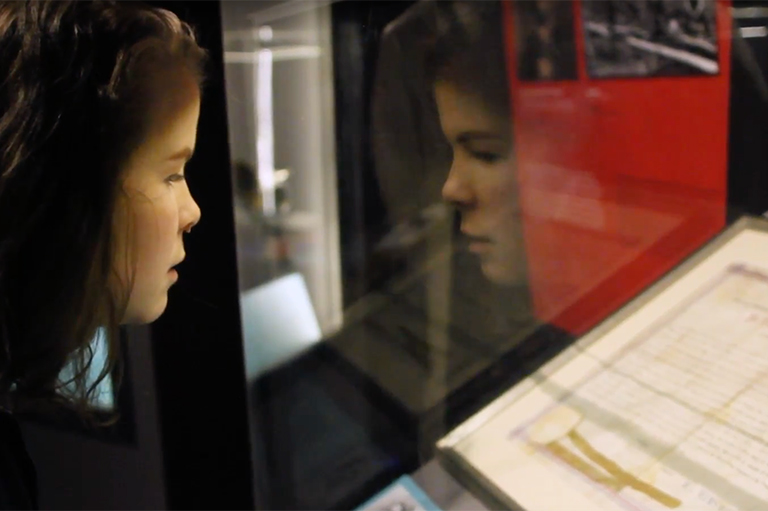Sketches of Friendship
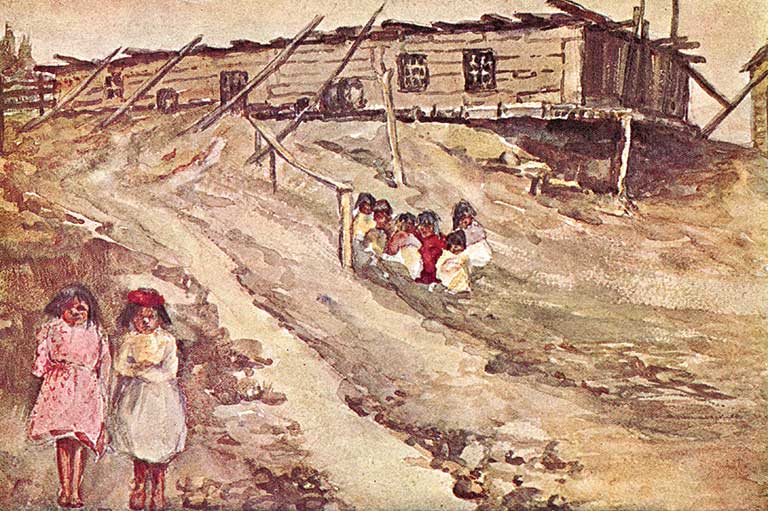
In 1962, the province of British Columbia purchased the estate of Victoria’s William Arnold Newcombe. It included more than one hundred works of art — oil and watercolour paintings, pencil and pen drawings, charcoal sketches, and more — by Emily Carr, who is today recognized as one of the most important artists of early twentieth-century Canada.
Newcombe’s father, Dr. Charles Frederic Newcombe, was an early benefactor of Carr who purchased several of her works of Indigenous-inspired art. The younger Newcombe, meanwhile, grew to become a trusted friend, neighbour, and supporter of Carr throughout her life.
In the Summer 1962 issue of The Beaver, another of Carr’s friends, Flora Hamilton Burns, wrote an article describing the Newcombe collection. Entitled “Emily Carr and the Newcombe Collection,” the article detailed how the elder and younger Newcombe each played key roles in supporting Carr’s artistic career.
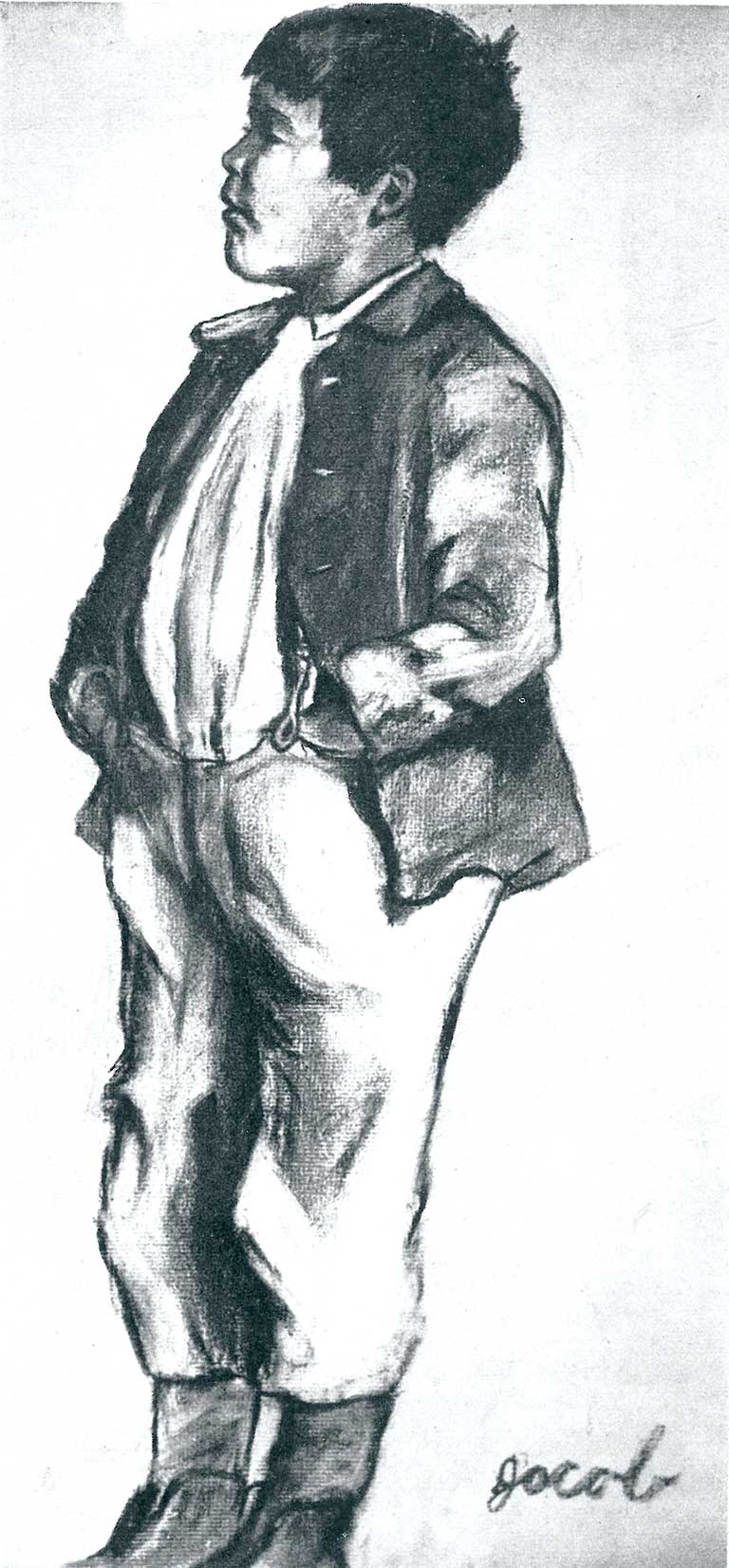
Burns explained how Charles Newcombe met Carr in 1889 when she was just eighteen years old.
About a decade later — after Carr had developed her painting skills as well as an interest in Indigenous culture — Newcombe encouraged the artist to travel to remote locations in British Columbia to paint scenes of Indigenous communities and traditional art.
Charles Newcombe also purchased several of Carr’s earliest art pieces, thereby helping to establish her career.
The younger Newcombe, whom Carr lovingly called “Willie,” supported the artist in many ways after the death of his father in 1924. For instance, he installed racks for her paintings and even built an aviary for her budgies.
Carr famously had a menagerie of exotic pets, including parrots and a Javanese monkey. “Willie was literally her right-hand man,” Burns wrote.
In 1942 — three years before her death — Carr named Newcombe as one of three trustees charged with overseeing her newly created Emily Carr Trust Foundation, which controlled much of her art.
Burns’ 1962 article also showcased some of Carr’s art, including the 1908 watercolour painting Thunderbird of Wawkyan, Alert Bay and an 1898 pen-and-ink sketch entitled Three Children, Ucluelet, Vancouver Island.
Themes associated with this article
Advertisement
You might also like...

Canada’s History Archive, featuring The Beaver, is now available for your browsing and searching pleasure!

